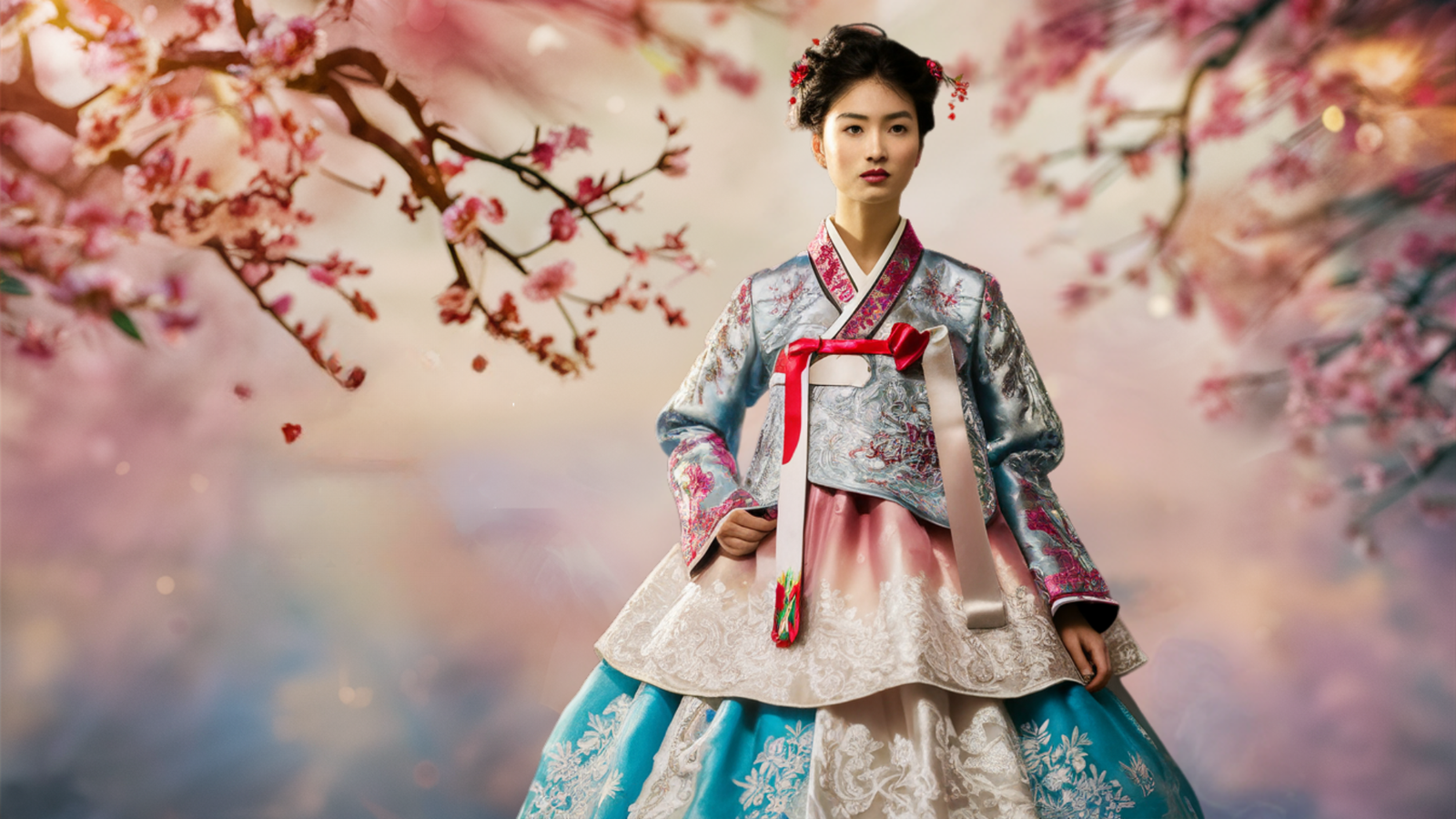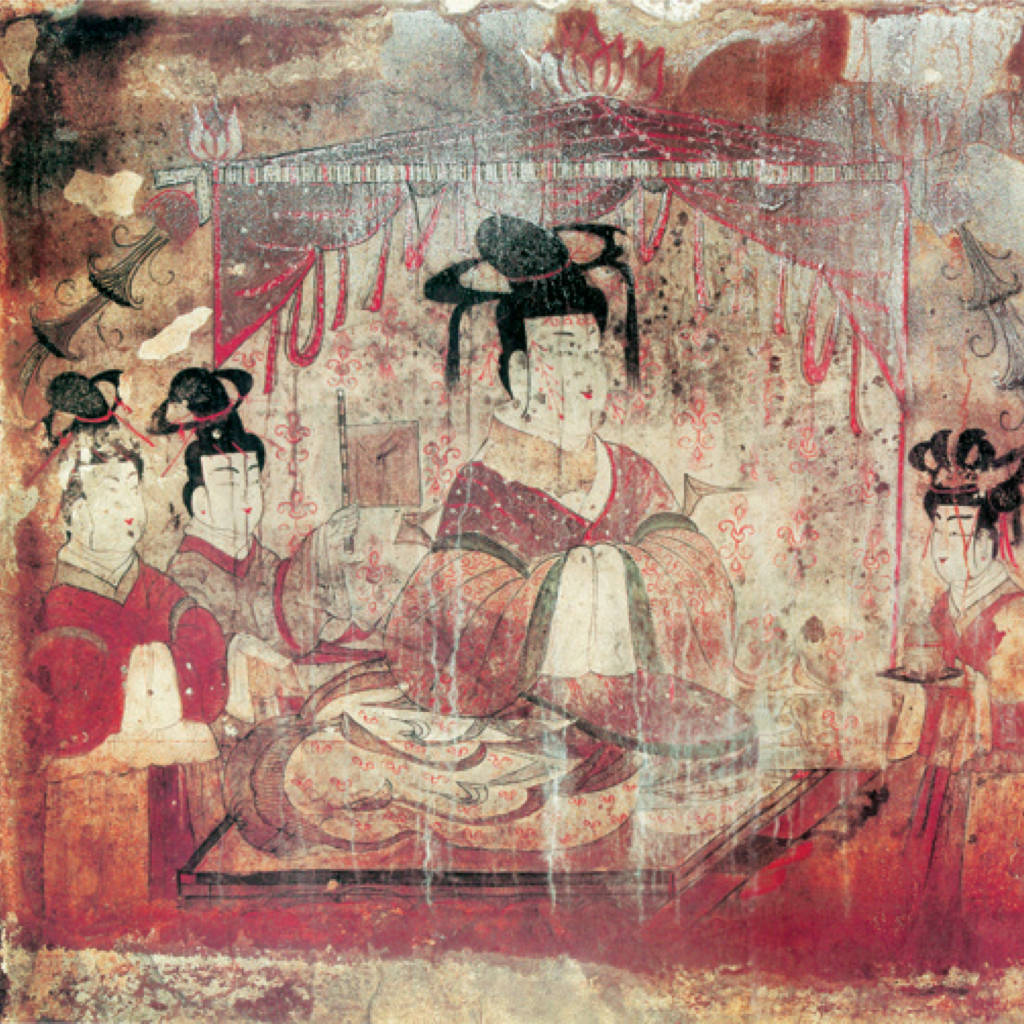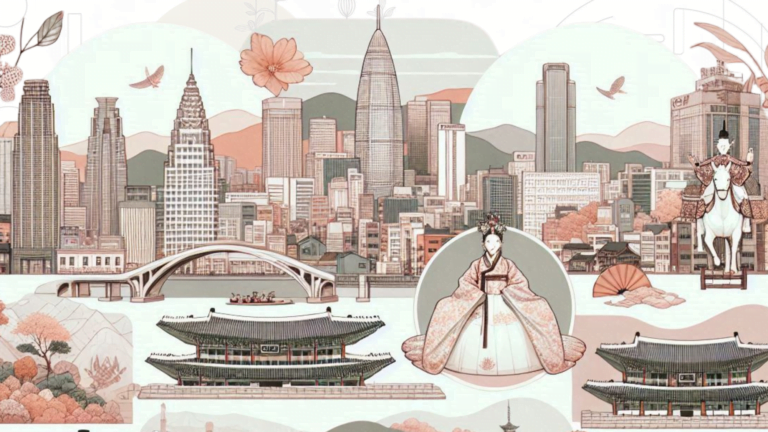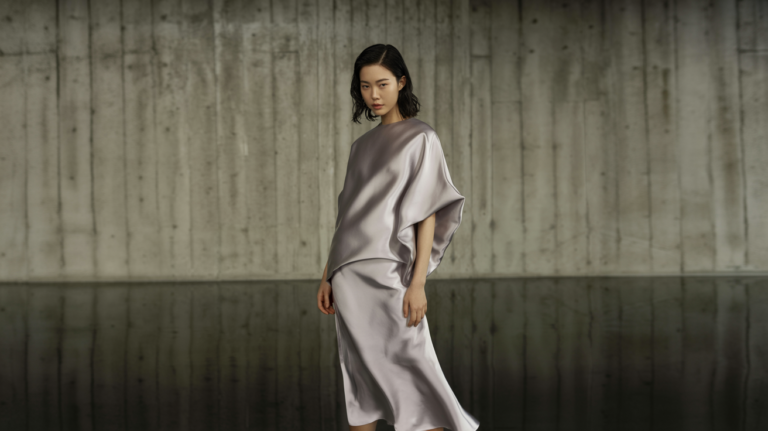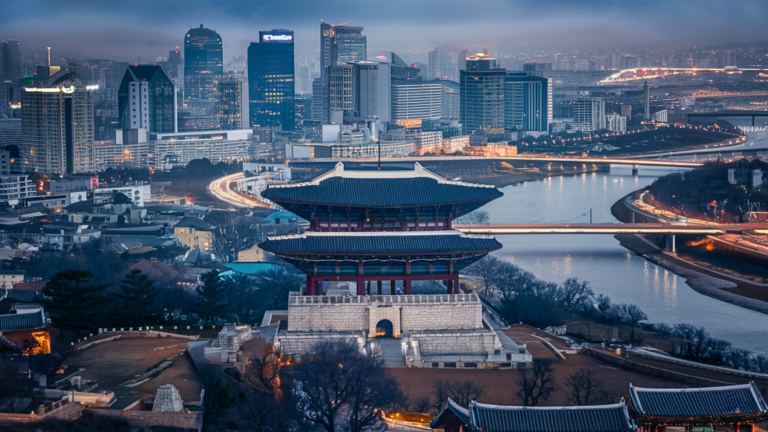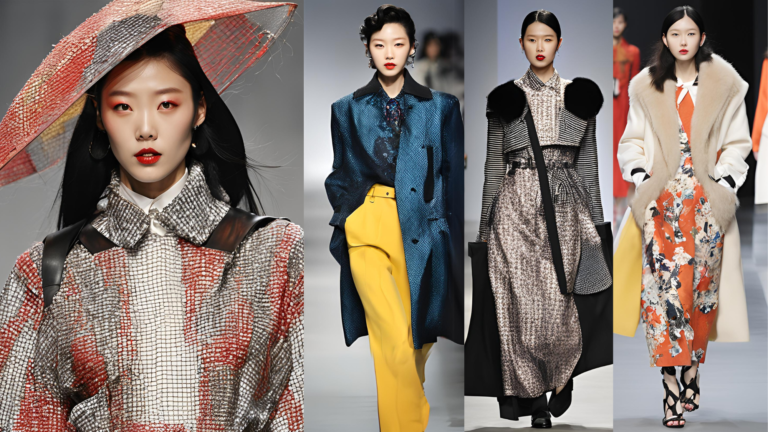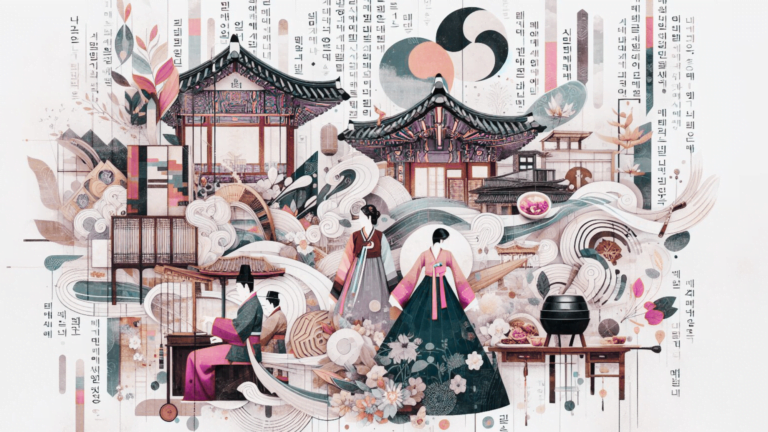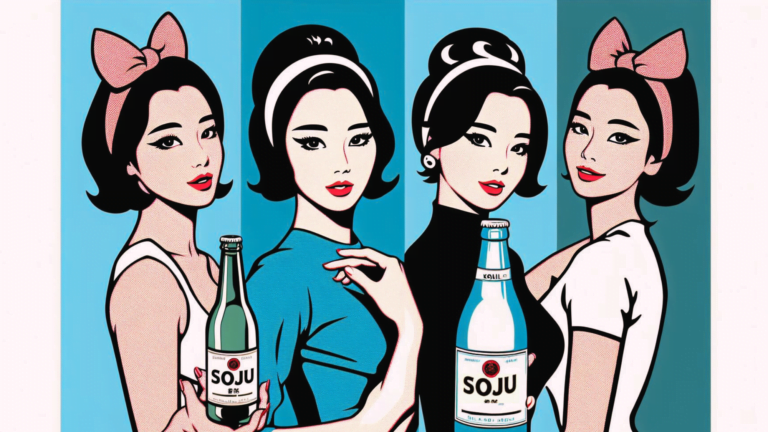The History of Hanbok: A Journey Through Korean Dynasty Fashions
Exploring the History of Hanbok: Korea’s Timeless Fashion Heritage
Hanbok, the soul of Korean fashion, isn’t just clothing—it’s a wearable piece of history. Picture vibrant silk skirts flowing like petals in the wind, paired with jackets so precisely cut they could be origami. That’s hanbok for you: Korea’s traditional attire that’s been turning heads for centuries.
But don’t be fooled by its ancient roots. Hanbok isn’t some dusty relic confined to museum displays. It’s a living, breathing part of Korean culture that’s as relevant today as it was a thousand years ago. From royal courts to modern runways, hanbok has been shaping Korean identity and capturing global imagination.
What makes hanbok so special? It’s not just the elegant silhouettes or the rich color palettes. Hanbok embodies Korean values—respect for nature, social harmony, and the balance between yin and yang. Each stitch tells a story of Korea’s past, while every modern interpretation writes a new chapter for its future.
As we embark on this journey through the history of hanbok, prepare to be dazzled by its evolution. We’ll trace its path from the Three Kingdoms period to today’s K-pop stages, uncovering how this iconic garment has adapted to changing times while staying true to its essence. Buckle up, fashion enthusiasts and history buffs—we’re about to unravel the fabric of Korean culture, one layer of hanbok at a time.
Early Origins of Hanbok: Fashion in the Three Kingdoms Period (57 BC – 935 AD)
The history of hanbok begins in the misty depths of Korea’s Three Kingdoms period. This era, spanning nearly a millennium, laid the foundation for what we now recognize as traditional Korean clothing.
Distinctive Hanbok Styles of the Three Kingdoms
Goguryeo hanbok broke ground with its bold, practical designs. Picture wide-sleeved jackets paired with voluminous trousers – perfect for the kingdom’s warrior culture. These early hanbok forms emphasized mobility and strength, reflecting Goguryeo’s dynamic spirit.
Baekje hanbok, in contrast, embraced elegance. Known for its refined taste, Baekje’s version of hanbok featured softer lines and more elaborate embroidery. Think flowing sleeves and intricate patterns that would make any modern fashionista swoon.
Silla hanbok struck a balance between its northern and western neighbors. The kingdom’s clothing combined practical elements with artistic flair, setting the stage for the iconic silhouette we associate with hanbok today.
The mural portrait on the right shows a woman’s elaborate dress and hairstyle in contrast with those of her attendance, indicating a hierarchical presentation that would continue through this history of Korea until the present day. Dating back to around 330-331, this is one of the earliest female portraits in the history of Korean art and holds great historical significance.
Cultural Influences Shaping Early Hanbok Design
The history of hanbok isn’t just a Korean story – it’s a tale of cultural exchange. Neighboring civilizations left their mark on these early designs. Chinese influence brought new fabrics and dyeing techniques, while nomadic tribes from the north introduced practical elements for horseback riding.
But make no mistake – early Koreans weren’t just copying their neighbors. They were fashion innovators, adapting foreign elements to suit their unique aesthetic and lifestyle. This blend of indigenous creativity and foreign inspiration set the stage for hanbok’s evolution in the centuries to come.
As we journey through the history of hanbok, remember: these early designs were more than just clothes. They were statements of identity, power, and cultural values – a tradition that continues in Korean fashion to this day.
The History of Hanbok in the Goryeo Dynasty (918 – 1392)
The era marks a pivotal chapter in the history of hanbok, witnessing significant transformations that would shape Korean traditional clothing for centuries to come.
Evolution of Hanbok Design: Refining Elegance
During this period, hanbok underwent a remarkable metamorphosis. The once practical garments of the Three Kingdoms era evolved into symbols of refinement and social status. Goryeo hanbok embraced longer hemlines and more voluminous silhouettes, reflecting the dynasty’s growing prosperity and cultural sophistication.
Women’s hanbok saw the introduction of the distinctive wide-sleeved jacket (jeogori) paired with a high-waisted skirt (chima), a combination that would become iconic in the history of hanbok. Men’s attire shifted towards longer robes, emphasizing dignity and scholarly pursuits.
Fabric and Color Innovations: A Textile Revolution
The Goryeo period ushered in a textile revolution that dramatically impacted hanbok design. Silk production flourished, introducing luxurious fabrics that draped beautifully and added a new dimension of elegance to hanbok.
But the real game-changer? The expansion of the hanbok color palette. Goryeo artisans mastered new dyeing techniques, introducing a spectrum of vibrant hues that went beyond the earthy tones of previous eras. Deep purples, rich greens, and brilliant reds became hallmarks of Goryeo hanbok, each color imbued with symbolic meaning.



This era also saw the rise of sophisticated patterns and motifs in hanbok design. Intricate embroidery featuring flowers, birds, and auspicious symbols became popular, adding layers of meaning to these already stunning garments.
As we delve deeper into the history of hanbok, the Goryeo period stands out as a time of artistic flourishing and sartorial innovation. These developments set the stage for the golden age of hanbok that was to come in the Joseon Dynasty, solidifying hanbok’s place as a cornerstone of Korean cultural identity. The influence of Joseon-era hanbok designs continues to resonate in modern Korean fashion. Discover how traditional elements blend with contemporary styles in our Complete Guide to K-Style Fashion.
Late Joseon and Korean Empire Period (1897 – 1910): A Turning Point in Hanbok History
The twilight years of the Joseon Dynasty and the brief Korean Empire period marked a pivotal moment in the history of hanbok. As Korea cautiously opened its doors to the world, traditional clothing faced unprecedented challenges and opportunities.
Western Influences: A Fashion Revolution
The introduction of Western fashion elements sent shockwaves through Korean society. Suddenly, the timeless silhouettes of hanbok were competing with tailored suits and corseted dresses. This wasn’t just a change in clothing; it was a sartorial revolution that reflected Korea’s struggle between tradition and modernization.
Military uniforms, with their structured designs and gold braiding, began to influence men’s hanbok. Women’s hanbok saw subtle changes too, with some adopting Western-style blouses under traditional jeogori jackets. It was a time of experimentation, where the history of hanbok took an unexpected turn. The influence of Joseon-era hanbok designs continues to resonate in modern Korean fashion. Discover how traditional elements blend with contemporary styles in our Complete Guide to K-Style Fashion.
Modernization of Traditional Designs: Hanbok Evolves
As the winds of change swept through Korea, hanbok didn’t just survive—it adapted. Designers began incorporating modern elements while striving to maintain the essence of traditional Korean clothing.
Fabrics changed, with some opting for lighter, more practical materials. Silhouettes were subtly altered, sometimes becoming slimmer or shorter to accommodate changing lifestyles. Even accessories evolved, with Western-style shoes and bags making appearances alongside traditional Korean elements.
This period of adaptation was crucial in the history of hanbok. It demonstrated the resilience and flexibility of Korean traditional clothing, setting the stage for its continued relevance in the modern era.
As we trace the history of hanbok through this tumultuous time, we see a garment at a crossroads—caught between centuries of tradition and the rapid pace of modernization. This tension would continue to shape hanbok’s evolution in the years to come, ensuring its place not just in history books, but in the vibrant tapestry of contemporary Korean culture.
The History of Hanbok During Colonial Period and Post-Liberation (1910 – 1960s)
The colonial era and the decades following liberation marked a challenging chapter in the history of hanbok. This period saw dramatic shifts in Korean society, profoundly impacting traditional clothing.
Decline of Everyday Hanbok: A Cultural Crossroads
The everyday wear of hanbok faced a steep decline during this era. Several factors contributed to this shift:
- Colonial policies: Japanese occupation actively discouraged traditional Korean customs, including hanbok wear.
- Westernization: The influx of Western clothing styles, seen as modern and practical, overshadowed hanbok in daily life.
- Industrialization: As Korea rapidly modernized post-liberation, Western-style clothing better suited new urban lifestyles and workplaces.
- Economic factors: Mass-produced Western clothing became more affordable and accessible than handcrafted hanbok.
This decline wasn’t just about fashion—it represented a broader cultural struggle as Korea grappled with its identity in a changing world.
Preservation Efforts: Safeguarding Hanbok’s Legacy
Despite the challenges, this period also saw determined efforts to preserve hanbok traditions:
- Cultural organizations: Groups formed to promote and protect traditional Korean arts, including hanbok-making.
- Government initiatives: Post-liberation, the Korean government implemented policies to preserve cultural heritage, including traditional clothing.
- Educational programs: Schools began incorporating hanbok education into curricula, ensuring younger generations understood its significance.
- Ceremonial use: Hanbok retained its place in important ceremonies and festivals, keeping the tradition alive.
These preservation efforts played a crucial role in maintaining the continuity of hanbok’s history, ensuring that this vital piece of Korean cultural heritage wasn’t lost to time.
As we explore the history of hanbok through this tumultuous period, we see a testament to its resilience. Despite facing near-extinction in everyday life, hanbok managed to survive and set the stage for its revival in later decades. This chapter in hanbok’s history serves as a powerful reminder of the importance of cultural preservation in the face of rapid societal changes.
Modern Revival and Contemporary Interpretations in the History of Hanbok
The history of hanbok enters an exciting new chapter in recent decades, with a remarkable resurgence of interest and innovative reinterpretations.
Resurgence of Interest: Hanbok’s Renaissance
Several factors have driven renewed fascination with hanbok:
- Cultural pride: A growing desire to reconnect with Korean heritage has led many to embrace traditional clothing.
- K-drama influence: Popular historical dramas showcasing beautiful hanbok have sparked interest both domestically and internationally.
- Government initiatives: Programs promoting hanbok wear in public spaces have increased visibility and appreciation.
- Social media: Platforms like Instagram have made hanbok fashionable again, with young people sharing stylish hanbok looks.
- Tourism: Hanbok rental services have boomed, allowing visitors to experience Korean culture firsthand.
The resurgence of hanbok has been particularly notable in the K-Pop industry. Explore how Korean pop culture has catapulted hanbok onto the global stage in our article on Hanbok’s International Surge in K-Pop.
Fusion of Tradition and Modernity: Hanbok Reimagined



Several factors have driven renewed fascination with hanbok:
- Everyday hanbok: Simplified, modernized versions suitable for daily wear.
- High fashion interpretations: Luxury brands incorporating hanbok elements into couture designs.
- Hanbok-inspired streetwear: Urban fashion infused with traditional Korean aesthetics.
- Tech-integrated hanbok: Experimenting with smart fabrics and wearable technology.
- Sustainable hanbok: Eco-friendly versions using recycled materials and traditional dyeing techniques.
The resurgence of hanbok has been particularly notable in the K-Pop industry. Explore how Korean pop culture has catapulted hanbok onto the global stage in our article on Hanbok’s International Surge in K-Pop.
Conclusion: The Enduring Legacy of Hanbok in Korean Culture
As we’ve journeyed through the history of hanbok, from ancient kingdoms to modern runways, one thing becomes clear: hanbok is far more than just clothing. It’s a living embodiment of Korean cultural heritage, adapting and evolving while maintaining its core essence.
Hanbok’s role in preserving Korean heritage cannot be overstated. It serves as a tangible link to the past, a canvas for artistic expression, and a symbol of Korean identity on the global stage. Whether worn for special occasions or reinterpreted for everyday life, hanbok continues to tell the story of Korea—its values, aesthetics, and enduring spirit.
The history of hanbok is still being written. As it continues to inspire new generations of designers, artists, and cultural enthusiasts, hanbok stands as a testament to the power of tradition to remain relevant in an ever-changing world. It reminds us that true cultural treasures don’t just survive—they thrive, adapt, and continue to captivate hearts across time and borders.

